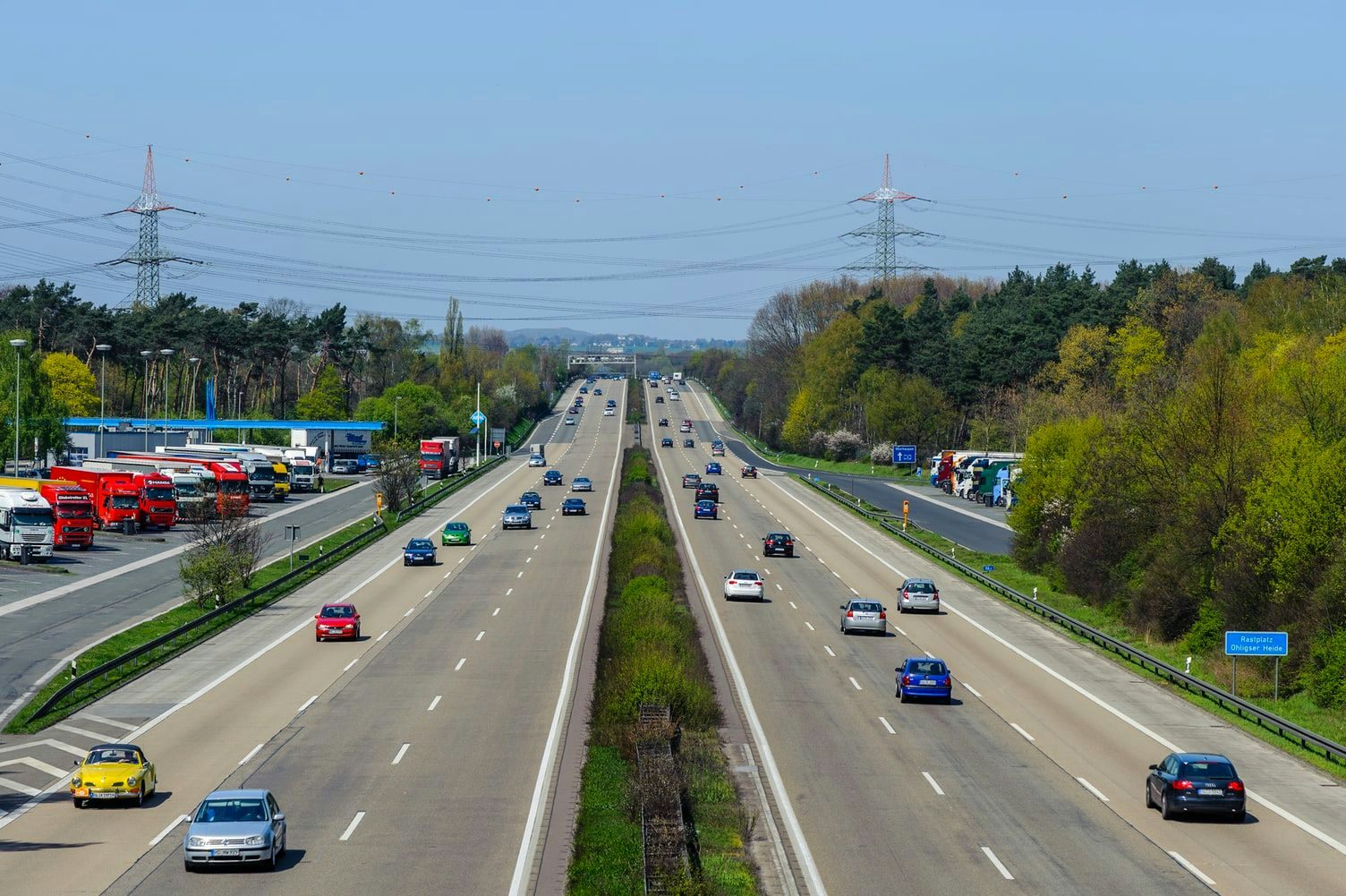We know that taking your Maryland road test can be nerve-wracking. With a little preparation and insight into the test itself, there's nothing to be worried about. To start, make sure you know the specific requirements in Maryland, that you understand what you'll be tested on, and then practice a lot. Here we break down exactly what you need to know to pass your Maryland road test.
What to know before your Maryland road test
First, you'll need to have a road test scheduled. There are no walk-ins. Save time and make a Maryland road test appointment online. Next, make sure you have the current registration and insurance for the vehicle you'll be using for your test. You'll need these when you check in at the DMV. Then, you'll need to make sure your vehicle meets all of the state requirements and that you have a licensed driver to accompany you to your road test. We've listed out the car requirements for you below, to make it easier to go through and check off each one.
Once you confirm your road test date, paperwork, and vehicle, it's time for more practice. Specifically, we recommend you practice the maneuvers listed below in the neighborhood around the DMV where your road test is scheduled. Most Maryland RMVs start with a closed portion of the test and then have you drive a route in the neighborhood. Pay special attention to anything unusual like closures and construction -- examiners love to add these into the test.
What are the vehicle requirements for the Maryland road test?
We've seen many people not be able to take their test because their car did not meet these requirements. So check and check again. We also recommend you take the time to learn how all the controls work. Here's what your testing vehicle needs to have in Maryland:
- Current registration and insurance
- A windshield with no cracks or debris that would obstruct the view
- At least 1/2 a tank of gas
- Tires properly inflated
- Driver and passenger doors that open and close properly from inside and outside
- Working lights: headlights, taillights, brake lights and turn signals as well as a working horn and rearview mirror
If you don't have a vehicle that meets all of these requirements and/or a sponsor to take you to your road test, you have a few options. You can get a car through a driving school, see if a friend or family can accompany you with their car, or Skip offers a car and driver for the Maryland road test which you can reserve ahead of time online.
What to know the day of your Maryland road test
First, get to the DMV early! If you're late, the Registry of Motor Vehicles (RMV) will ask you to reschedule. We recommend arriving 15 minutes before your scheduled test time. At most RMVs in Maryland, there is a dedicated window specifically for road tests. So when you arrive, first look for that window to avoid the long general line.
After check-in, your licensed driver will drive you both around to the side of the RMV where you'll see marked lanes to wait for your road test. An examiner will come out and meet you, verify the registration and insurance for the vehicle and ask for your permit. Then your licensed driver will get out of the vehicle, you'll move over to the driver's seat and the examiner will begin the test, which starts with the vehicle safety check. The examiner will ask you to show working lights, turns signals, hand signals and horn.
Then it's time for the driving portion, which is about 15 minutes. At most locations, this starts in the closed track at the RMV. This is usually where they will test you on the reverse 2-point parking. Be sure to signal when leaving the track. Many people get points off for forgetting to do this.
Each RMV location is a bit different. Gaithersburg, for example, is incredibly busy all the time, so you can expect longer waits at that location. Glen Burnie is the DOT headquarters and a much larger facility, so there they have room to have the entire road test in a closed track.
Lastly, most examiners take notes on a tablet during your test. This is nothing to worry about! They're likely just checking off maneuvers as you do them.
What driving maneuvers will be on the Maryland road test?
You'll be happy to hear that in Maryland, there is no parallel parking or 3-point turns on the road test. So use the time you're not practicing those maneuvers to get the ones listed below down pat! Maryland testers are strict. Practice these maneuvers:
- Reverse 2-point parking. Where you drive past the parking space and then back into the space.
- Observe right-of-way: allow pedestrians to cross. Remember to pull over and stop for emergency vehicles to pass and don't enter an intersection where you'll interfere with other traffic.
- Stop quickly: be able to make a quick and safe stop when the examiner instructs you to at 20 mph.
- Backing up: back for a distance of 50 feet at a slow speed while turning your head and looking over your right shoulder to the rear. You cannot use a back-up camera on your test, so don't rely on this. We've seen many people get points off for not actually turning and looking.
- Signal and turn: get into the proper lane and signal your turn for the last *200 feet*. Right and left turns will be on your test. Even though they're basic, don't forget to practice these.
- Passing: always look ahead and behind to make sure you can pass safely.
- Follow at a safe distance: don't follow too close behind other cars. Keep a minimum following distance of three to four seconds.
In addition to the above, make sure to watch for bike lanes and pedestrians. Also remember to always be checking your mirrors, in addition, to actually turning and looking.
What is the most common mistake on the Maryland road test?
The reverse 2-point turn. People get this wrong all the time. We understand, it's not a maneuver many of us use often in everyday life, so it can be easy to forget about or dismiss. Now you know, so practice this on repeat until it's smooth and comfortable.
What happens after my Maryland road test?
First off, congrats on taking your road test! You won't get a score sheet in Maryland, just a mark of pass or fail. If you passed, you'll go right back into the RMV where they will issue you your temporary license. Your actual laminated license will come in the mail to you. If you failed, not to worry, most people pass by their second try. Each time, make sure you have a licensed driver and car for your road test. In the meantime, practice what you missed and reschedule when you feel ready. 🙂


